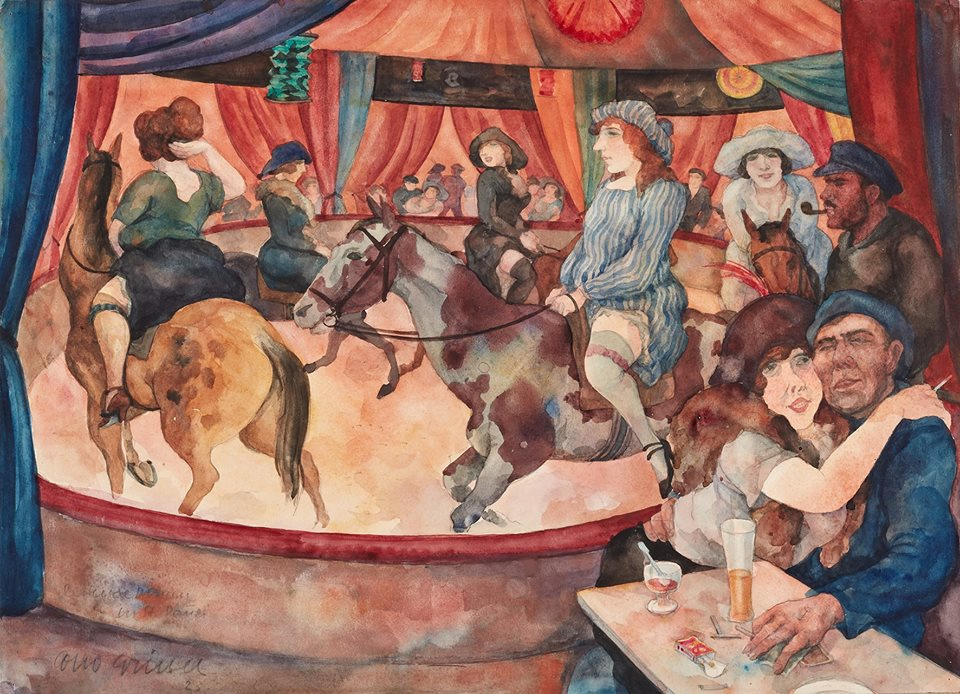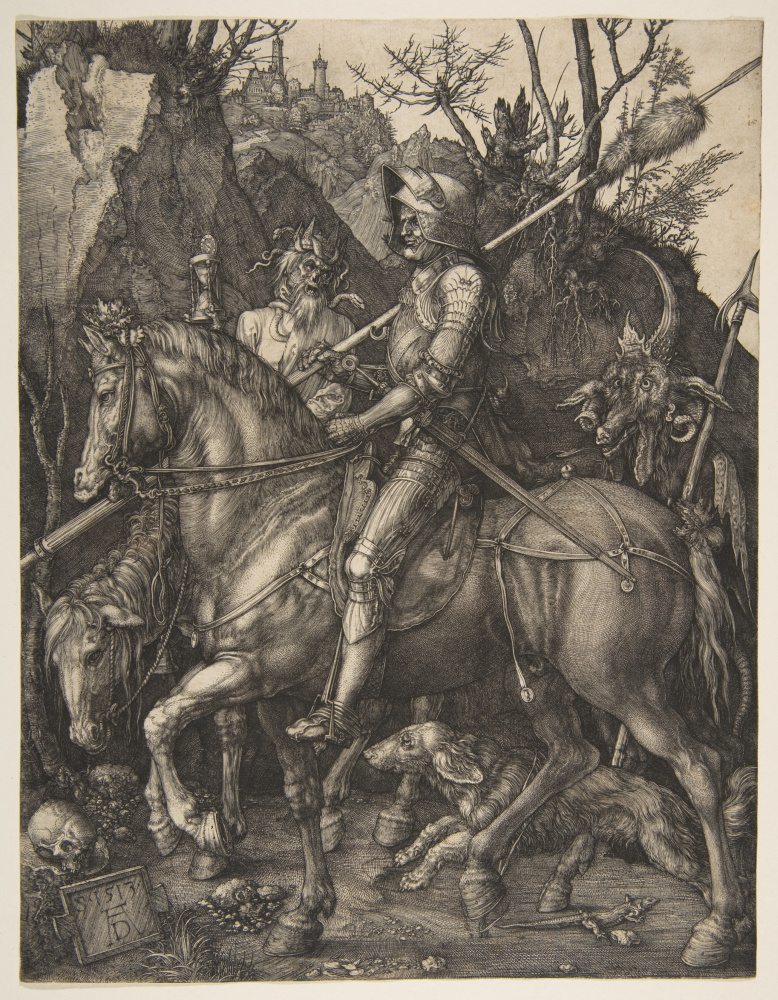The art troves from the Gurlitt collection go on display at the long-awaited exhibitions in Bern and Bonn



The exhibition in Switzerland is called "Gurlitt: Status Report. Degenerate Art" - Confiscated and Sold. It presents about 200 works by the artists whose oeuvre the Nazis considered unworthy and even dangerous. Ill luck came to Expressionists and Constructivists, among whom were artists such as Franz Marc, Otto Dix and Emil Nolde. Their works were seized and destroyed. The exhibition will last from November 2, 2017 to March 4, 2018.
The exhibition in Germany is named "Gurlitt: Status Report. Nazi Art Theft and its Consequences". It presents more than 250 works. German curators have focused on the history of Jews — the collectors and antique dealers — who were victims of looting. In Bonn, visitors can see the works of the Old Masters, as well as Impressionists and Post-Impressionists. The exhibition is open from November 3 to March 11.
After the end of the display the Kunstmuseum and the Bundeskunsthalle will exchange their expositions.


Ekkehard Gurlitt, cousin of Cornelius Gurlitt, at the exhibition in Bonn, in front of a work by Ferdinand Waldmüller, one of the most famous Austrian artists of the first half of the 19th century. Photo: Reuters/Wolfgang Rattay. Source: reutersmedia.net

A work by an outstanding German Expressionist Otto Müller, a member of "The Bridge" group, shown during a press conference.
Photo: Arnd Wiegmann

Works by Emil Nolde in the exposition.
Photo above: www.reuters.com.
Photo below: www.timesofisrael.com


Works by Ernst Ludwig Kirchner. Photo: Peter Klaunzer/Keystone via AP.
Source: www.timesofisrael.com/

An engraving by Albrecht Dürer. 1513.
Photo: Madeleine Schwartz. Source: artdaily.com

A work by Otto Griebel (1895−1972). 1926.
Illustration source: www.bundeskunsthalle.de

A work by Otto Dix.
Photo: Wall Street Journal (www.wsj.com)

A work by Conrad Felixmüller. 1921.
Photo source: www.facebook.com/IRequireArt



A work by Edvard Munch. 1899.
Photo: Mick Vincenz/Bundeskunsthalle Bonn. Source: www.theguardian.com

A work by Edvard Munch. Photo source: instagram

Claude Monet. Waterloo Bridge, London. 1903.

Camille Pissarro. Street in the Evening.
Photo: Mick Vincenz/Bundeskunsthalle Bonn. Source: www.theguardian.com


A work by Eugène Delacroix. Photo source: lostart. de
The investigators received a warrant to search the Gurlitt’s apartment in Munich. They found almost 1,500 works of art, including those by Pablo Picasso, Henri Matisse, Marc Chagall, Emil Nolde, Paul Klee, Oskar Kokoschka and many others.

A collage of the painings found at Cornelius Gurlitt’s house.
Source: The New York Times

Hildebrand Gurlitt, the father of Cornelius, collected the works during the Nazi rule. On Goebbels' instructions, he sold the so-called "degenerate art" abroad at that time. After the war, the art dealer managed to convince the allies that the entire collection was lost under a bomb attack, and he was persecuted himself. In the photo, the second from the left is Hildebrand Gurlitt. Photo source: Vanity Fair
Shortly before his death in 2014, Cornelius Gurlitt bequeathed all the works to the Bern Museum of Fine Arts (Kunstmuseum). The museum planned to show the collection to the public in the spring of 2017, but Uta Werner, Gurlitt’s cousin, tried to dispute his will. She insisted that Cornelius suffered from a mental disorder, and could not dispose of his property adequately; moreover, he allegedly was obsessed with saving the pictures from the Nazis, which made him bequeath them to Switzerland, not Germany. However, the Munich court ruled in favour of the Bern museum.
Left: copies of the poster by Henri de Toulouse-Lautrec "Le Divan Japonais" (1898) from the collections of the artist’s museum in Albi, the Metropolitan Museum in New York and the "Gurlitt collection".

"Woman with a Fan (Seated Woman)" by Henri Matisse is one of the paintings that found the legal owners. In the photo: Christopher Marinello, a lawyer of the Rosenberg family, examines the canvas in May 2015 before it was returned to the heirs of the Nazism victims.
Photo: AFP Photo / Wolf Heider-Sawall

The heirs of Paul Cezanne claim to return this magnificent and quite large (73×91.5 cm) work by the great artist to the family collection. The painting was discovered behind a wardrobe in the apartment of Cornelius Gurlitt in Salzburg in 2012. This is one of the views of the Mount Saint Victoire. Illustration: www.srf.ch

Otto Müller. A painting called "Maschka" at the restoration studio of the Swiss Museum.
Photo: AFP Photo / Fabrice Coffrini. Source: www.yahoo.com

A visitor looks at a work of the exposition. Bern, Switzerland.
Photo: Peter Klaunzer / Keystone via AP. Source: www.timesofisrael.com

The researcher at work: the paintings authorship and provenance identification.
Photo: AFP Photo / Fabrice Coffrini. Source: www.yahoo.com

At the Bern exhibition.
Photo: Peter Klaunzer/Keystone via AP. Source: www.timesofisrael.com


















